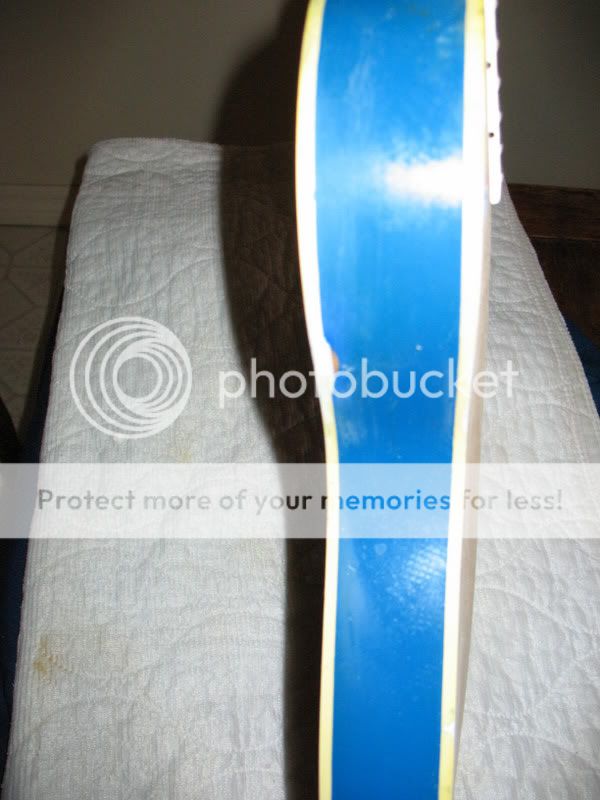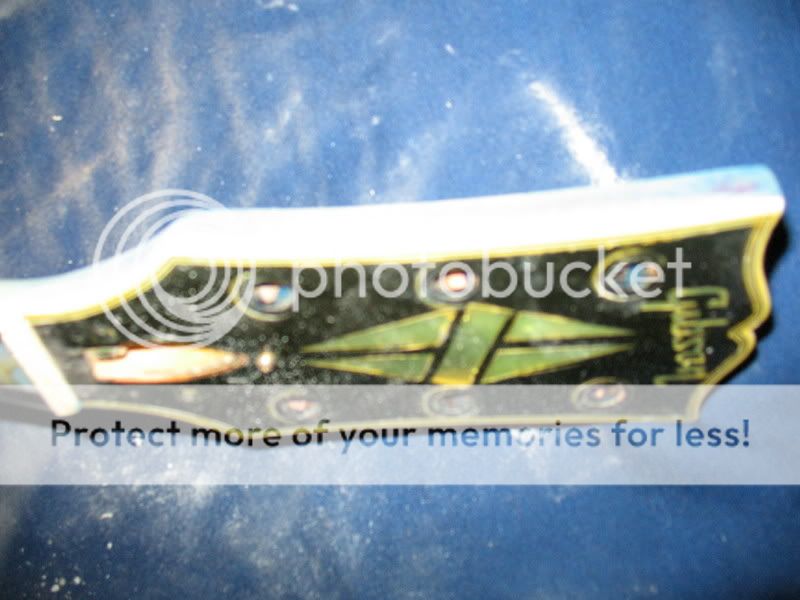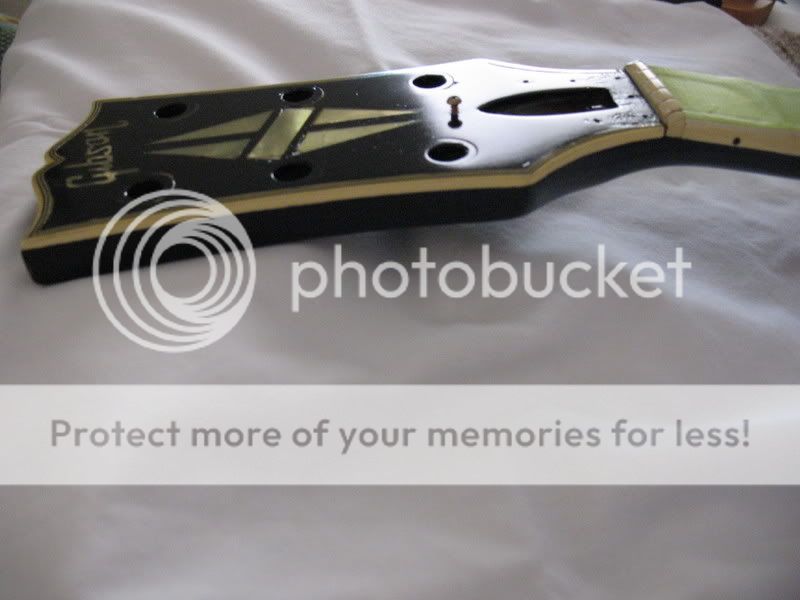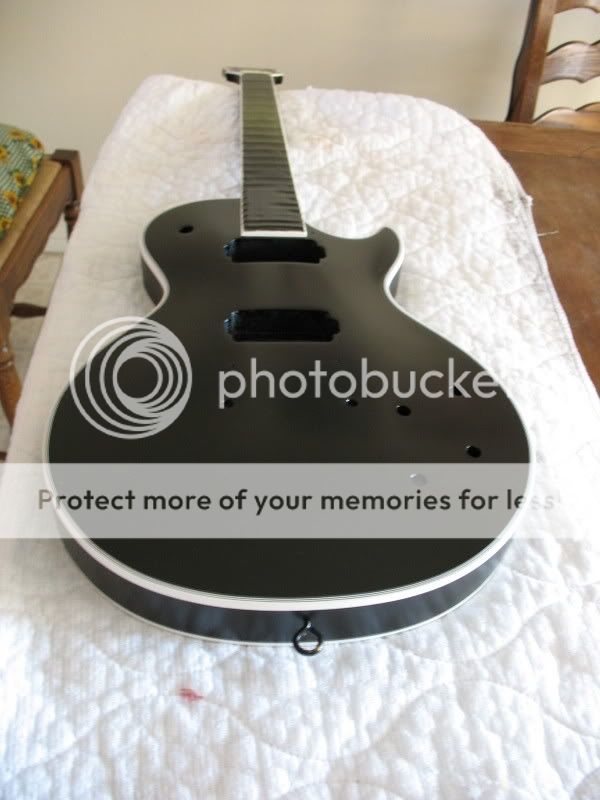leftystratman
Newbie
- Messages
- 18
I just received a hollow strat body with a washed red dye maple top and trans red korina back. I've assembled it, and it's the lightest and most resonant strat ever! the trans red back is simply gorgeous! nothing like the back of an Epiphone Les Paul. it's got a top notch quality. I wish I had ordered the whole body in trans red. but the washed red dye maple top was way less than impressive. the washed red dye strats in Showcase section have deep pink and red in them, and they look amazing, but mine looks more like skinless flesh with blood stains, I guess it's too washed out, and somewhat uneven. and there's no burst around it either. so I'm not digging the top at all.
I really don't want to send it back because everything else is perfect, and there's no way I'd wait another 3 - 4months. so I want to strip only the maple top and finish the the top myself (I've finished 2 bodies so far) and leave the back untouched. it's got the binding, so I assume it could be pretty tricky to mask?
can anyone share useful links for stripping and masking / finishing a body with binding?
much appreciated.
I really don't want to send it back because everything else is perfect, and there's no way I'd wait another 3 - 4months. so I want to strip only the maple top and finish the the top myself (I've finished 2 bodies so far) and leave the back untouched. it's got the binding, so I assume it could be pretty tricky to mask?
can anyone share useful links for stripping and masking / finishing a body with binding?
much appreciated.






